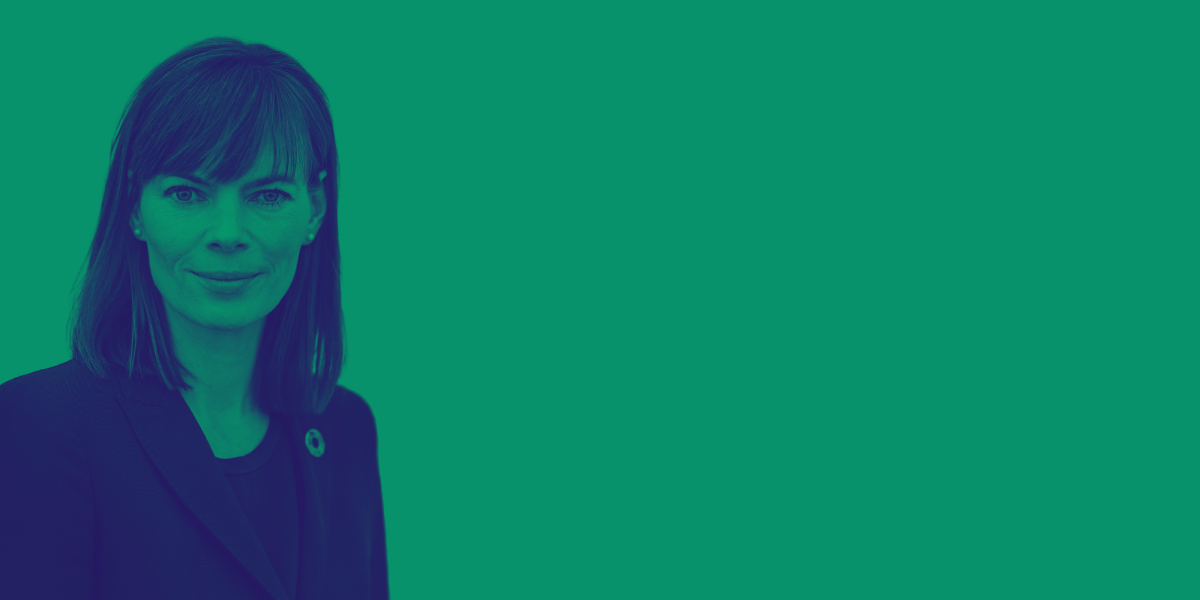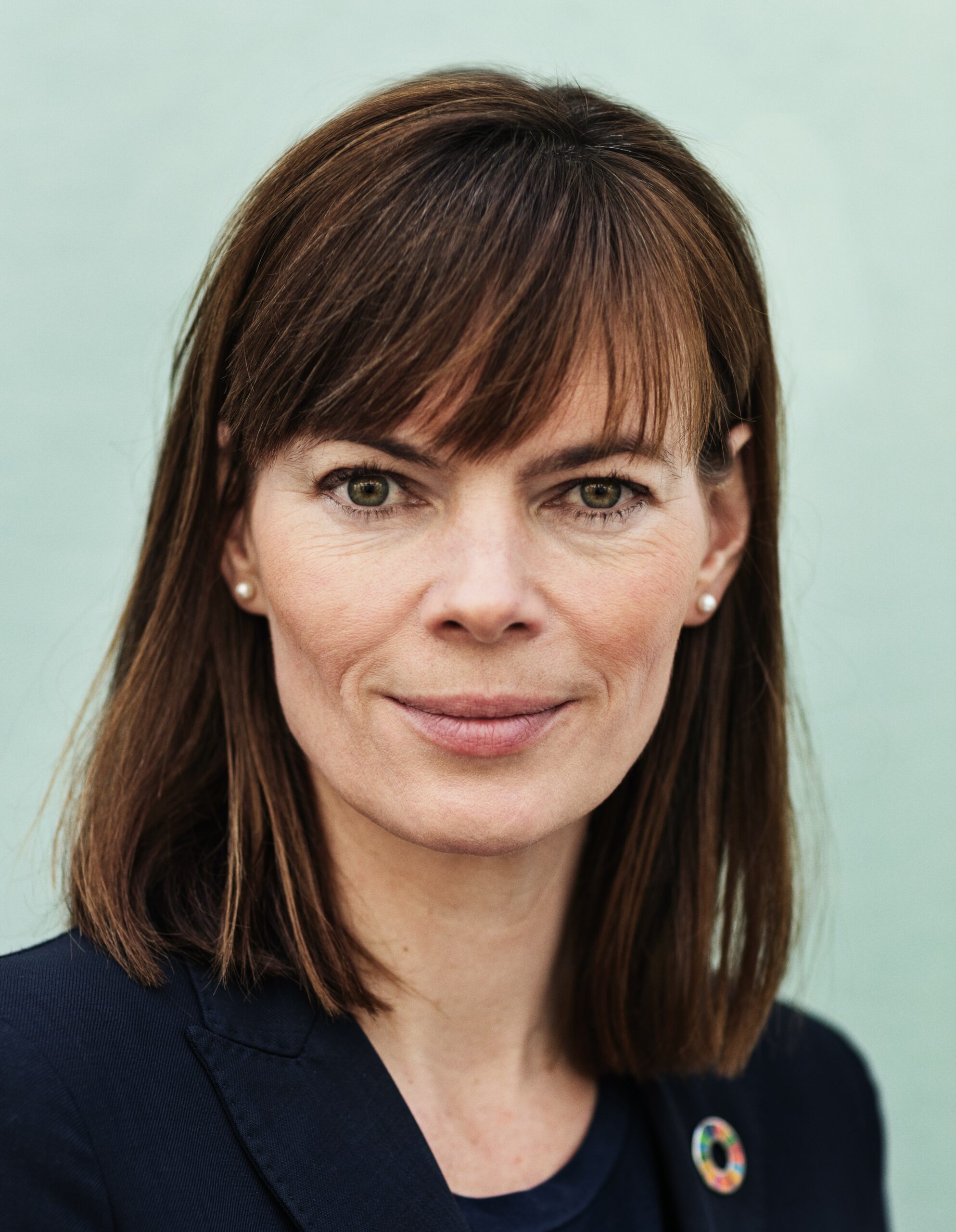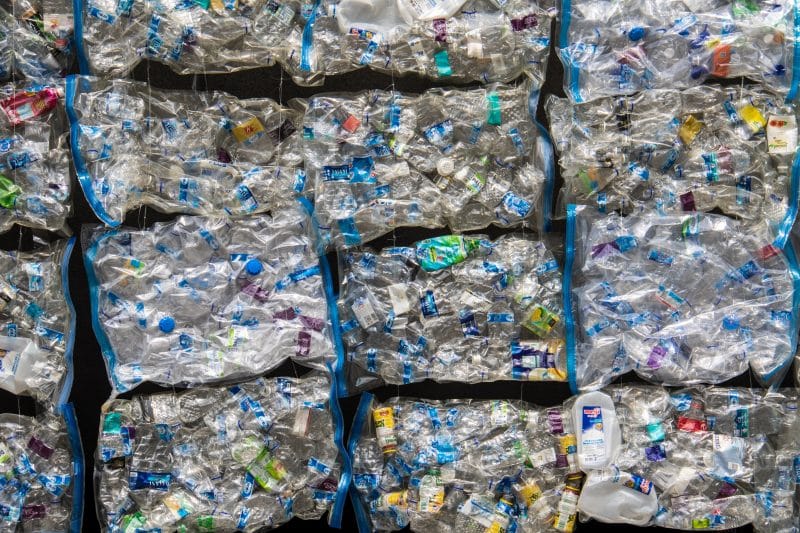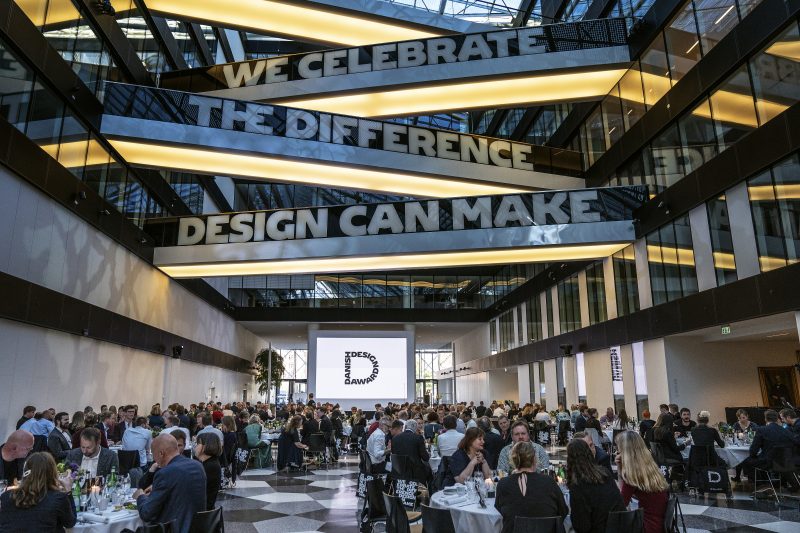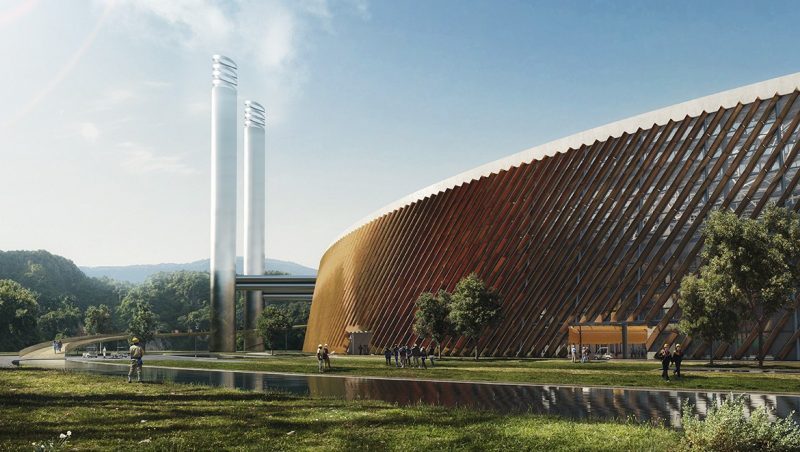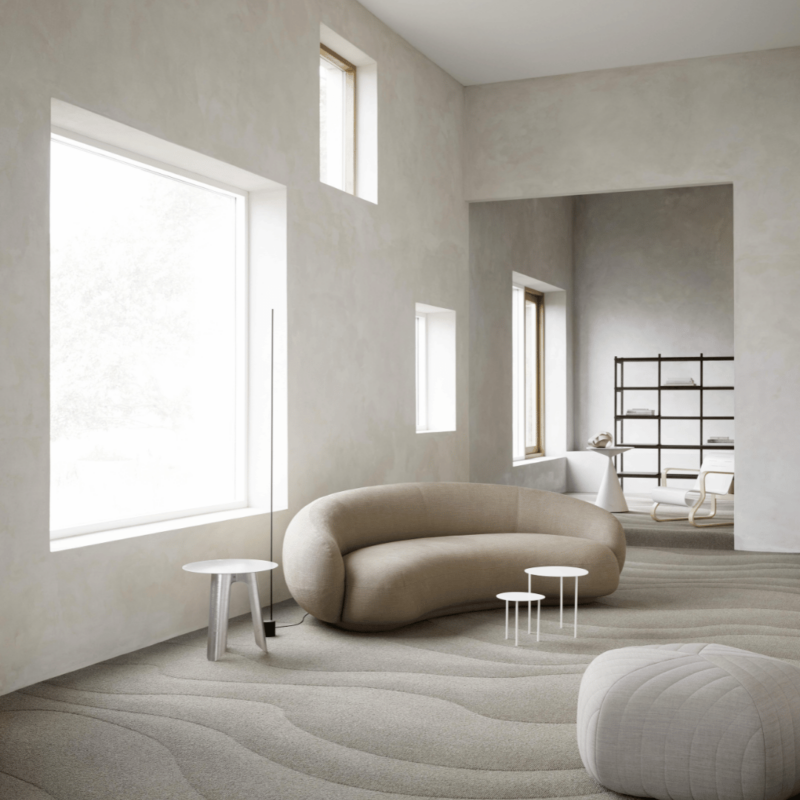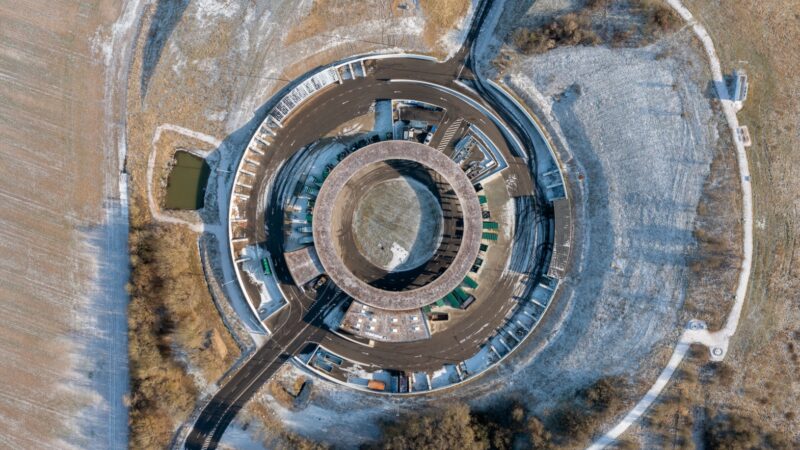I believe that the transition from a linear to a circular economy is one of the most important imperatives of my lifetime. Globally, resource extraction and processing account for 90% of biodiversity loss and water stress, and the production and consumption of materials account for almost half of global greenhouse gas emissions. In other words, switching to renewable energy and enhancing energy efficiency is essential, but the efforts will only bring us halfway on the road towards carbon neutrality in 2050.
The transition towards circular economy and improved resource efficiency holds significant potential. Not only does a circular approach to production and consumption reduce carbon emissions and pollution, it also boosts innovation and increases competitiveness. It is, indeed, a paradigm shift from our current take-make-waste economy to a resource economy which aims to redefine growth, focusing on positive, society-wide benefits.
We need a more sustainable resource economy
To me it is clear. We need a new paradigm based on a more sustainable resource economy. Not only in relation to energy, but also materials. It calls for innovative collaborations and agile public-private partnerships, where relevant stakeholders can actively participate in shaping the systems, which will enable more responsible production and consumption. It calls for direction, alignment, and commitment not only in the companies, but on a large scale. Nationally, internationally, and globally.
Meanwhile companies can design for increased recyclability, increase their use of recycled materials, introduce new types of materials, enable reuse models, and make products and solutions with longer lifecycles while reducing waste. Ultimately, the transition towards a circular resource economy involves everything and everybody – our society, cities and companies, energy sources, materials, and products.
Accelerating circular business models through design
Every large movement starts with the first important steps. Data, digital tools, and design are key enablers in the understanding and development of new circular business models. Design is the key factor in delivering the needed sustainable growth of the future.
Around 80 percent of a product’s environmental footprint is locked in the design phase, according to the European Commission. It is crucial that designers have circularity in mind in everything they do and help unlock the potential of a circular economy. The design choices we make today define the circularity of our products and materials tomorrow.
A circular approach to production and consumption not only reduces carbon emissions and pollution, it also makes our companies, economies and societies more regenerative and resilient for the future. There has never been a better time than today to rethink our existing business models and to come up with new, innovative, and truly circular and sustainable business models.
